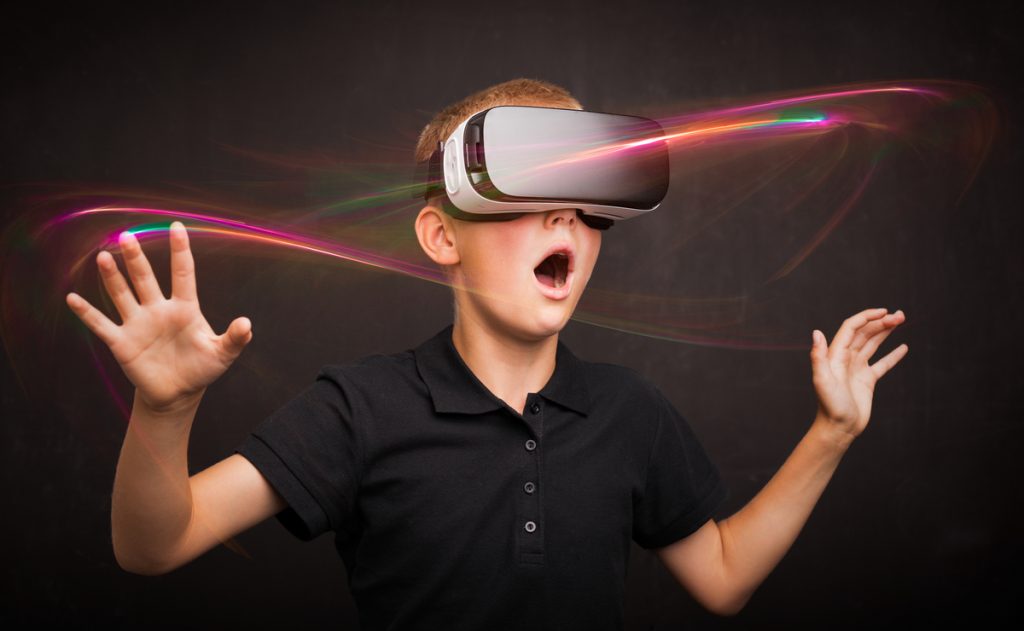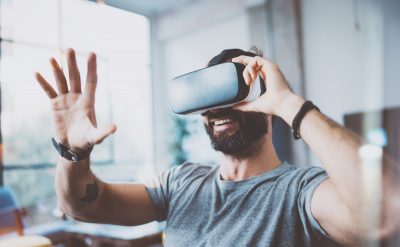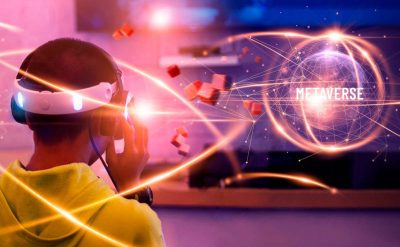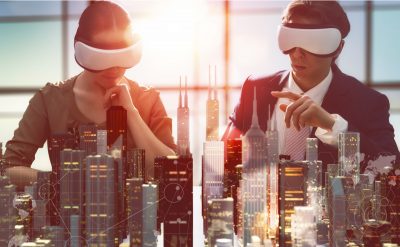One of the biggest challenges every organization is experiencing during this Coronavirus crisis is finding ways to stay connected with employees. It is due to the internet and cell phone data infrastructure that helps to communicate via email, chat messaging, and video conferencing apps such as Zoom, FaceTime, and GoToMeeting.
Despite these advanced facilities, nothing can replace the human bond developed and maintained by sitting at the table and conducting face-to-face interaction. Today, virtual and augmented reality (VR/AR) has helped recreate that experience like never before, and other than wearing a headset, it is almost impossible to tell the difference.
Even though virtual reality (VR) exists for a long time, the coronavirus pandemic has made it a whole new technology in-demand. It permits workers and management teams to perform business operations smoothly, allowing as limited interruptions as possible.
Ways to implement AR/VR in remote places
Implementing AR/VR technology in different fields has made it gain more importance during the pandemic times –
1. AR/VR for workplaces
VR can help in enhancing employee wellness. Conducting various VR activities can help employees boost their concentration for work. This is how VR contributes to employee wellness activities – an employee who feels stressed at work can put the VR headset on and immediately find themselves in a relaxing beach setting. After a 10–20 minute session, the employee can return to work fully relaxed and ready to tackle the next task.
2. AR/VR for education
VR has proven to be a great educational tool too. Some simple VR devices can create a virtual experience by placing the cell phones inside them and watch a YouTube video or some other video from the App Store designed specifically for AR phone readers. It seems useful for relaxation and education. Children can learn through it, for example, by viewing the solar system or human digestive and circulatory systems.
It can be a great source of learning if used right. Who would not like to learn by actually experiencing or feeling the data!
3. AR/VR in healthcare
Healthcare has turned out to be an essential thing at the moment. AR has the power to help doctors practice procedures in the absence of the patient. Holographic representations of complex surgeries can prove significant for training purposes, and supervisors can review surgeons’ progress in training in a less intrusive manner.
In the world of AR, an enlarged AR image of the human organ such as the heart can help doctors and medical students stand around and study various aspects of it.
4. AR/VR in manufacturing industries
In manufacturing industries, VR helps demonstrate how a product actually looks without creating any physical prototype. For example, in the automotive industry, the virtual reality technology is used to create virtual representations of non-existent vehicles with the tiniest details. Designs are transmitted into virtual car environments, enabling engineers to see what it’s like to be inside the future car.
VR technology enables automotive companies to leverage remote design teams and attract the best global talent. Implementing a virtual environment shows the physical location is no longer going to be a problem.
5. AR/VR in businesses
VR is actually looked upon as more of an augmented and virtual reality headset used for gaming. Very few are aware that VR can also be used for real business value. Many businesses are coming up with newer and innovative techniques to incorporate VR into their routine business practices and make their operations more efficient and productive.
Following are some major business benefits of VR and how it impacts the business –
- Idealizing business product
With the advancement of VR, the developed product is precisely designed and analyzed for its functionality. This facilitates modifying the product multiple times if required before it is sent for production. Thus, it serves as a quick way to detect design problems and find a solution sooner, avoiding post-production complications.
- Facilitating competitive advantage for businesses
Creating a virtual store gives faster access and increases the audience reach. This seems a more effortless way rather than physically setting up a store. Another advantage of the technique is maintaining complete secrecy while planning a business model, thus helping businesses stay ahead in the competition.
- Businesses conferences and training made easier
Clients are spread across the globe; thus, it becomes difficult to conduct team meetings. Using virtual reality in such a case is the best solution. It merely makes meetings and conferences much more interactive, communicative, and fun.
Providing professional business training to the newcomers using VR is yet another brighter side of VR.
- Virtual tool reaches different locations
Another major use of VR in business is the ability to provide virtual tours of different locations. This proves most beneficial in the real estate industry, where the real estate owner or agent can give a virtual tour of the property to the client. It will help them in visualizing the architectural plan better and make a quicker decision. Using VR lets customers get a 3D view of the property they wish to buy.
Conclusion
Coronavirus has drastically changed the way businesses are operated. It has created unexpected and challenging disruptions for businesses visibly seen in every field. The world will soon change how it works and learn new things to respond to this unprecedented global health crisis.
How one chooses to respond to this adverse condition, to stay up in the long-run, at multiple levels is another story of humanity’s evolution itself. Often the lessons learned from disruption are invaluable where it may lead to the emergence of new perspectives, intense periods of introspection, and adaptation in how things are done.
The pandemic situation has made businesses adapt the changes even if they are not ready for it.
Exploring the emerging remote work tools that technology provides, including VR, has allowed many businesses to effectively continue their essential work despite the profound disruption of this “new normal.”
For more such insightful content, download our latest whitepapers on technology and virtual reality.










